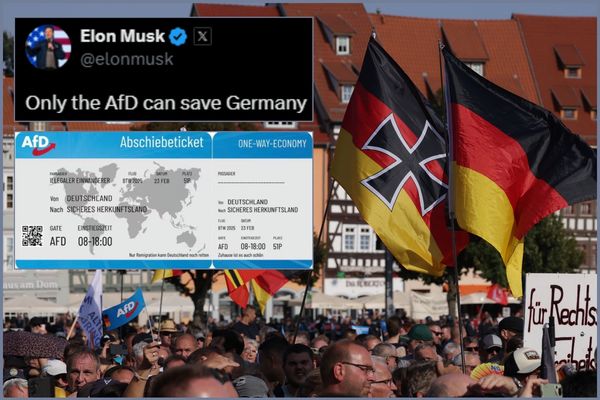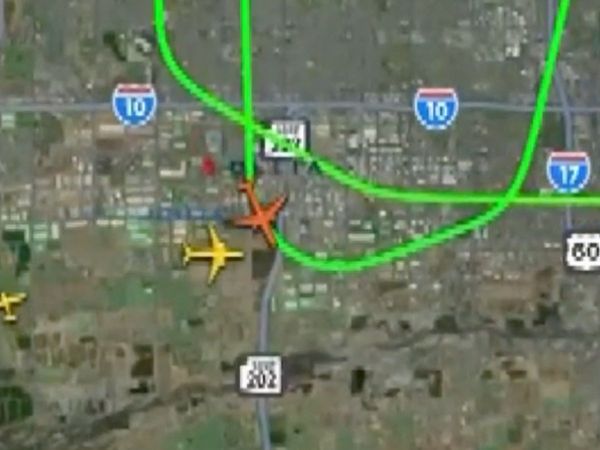
U.S. consumers wanting to buy electric vehicles can smile. Tesla (TSLA) and Chief Executive Elon Musk have just made a decision that will put them back in the driver's seat:
The world leader in EVs has just sharply cut the prices of its two flagship models: the entry-level Model 3 sedan and the Model Y SUV, which constitute 95% of its 2022 deliveries.
The drop in prices range 6% to 20%. That makes the two models eligible to benefit from the new U.S. federal tax credit of $7,500.
The retail prices now start at $43,990 for the Model 3 rear-wheel drive and $53,990 for the Model 3 Performance, according to the company's website.
All Popular Tesla Models Qualify for the Tax Credit
All Model Y configurations will now be eligible for the tax credit, which wasn't the case before the price cut.
Last month the Treasury Department and the Internal Revenue Service had published guidelines that didn't recognize two Model Y variants as SUVs and thus excluded them from the tax credit.
This meant that the Model Y version with 5 seats had to cost less than $55,000 to qualify for the tax credit. Musk had blasted the agencies' decision.
Until Jan. 12, the price of the Model Y Long Range was $65,990. But a few hours later all the Long Range Model Y versions saw their price lowered to $52,990. As a result, all Model Y variants are now eligible for the $7,500 federal tax credit.
To qualify for the federal tax credit, cars, sedans and wagons must have a retail price of no more than $55,000. SUVs, on the other hand, with a retail price of up to $80,000 are entitled to the credit.
"Customers who take delivery of a qualified new Tesla and meet all federal requirements are eligible for a tax credit up to $7,500," Tesla said on its website. "This credit amount applies to deliveries now and may change during March 2023, at which point the credit value may be reduced."
Here's the potential hitch.
The new U.S. EV law, which aims to facilitate the massive adoption of green vehicles, came into force on Jan. 1. But the Treasury is still trying to finalize a key criterion: how much of the battery elements must be produced in the U.S.?
Depending on how much of an EV battery is American-made, the tax credit given to EVs could be as much as halved. The IRS has set a deadline for March by which it will issue the guidelines tied to the origin of the battery elements.
Pressure on GM, Ford and Volkswagen
"There will be a significant impact to TSLA's near-term gross margin, and the math depends on how long these new prices levels last," Evercore ISI analyst Chris McNally warned clients in a note.
By lowering its prices Tesla, however, solves a problem pointed out by Toni Sacconaghi, analyst at Bernstein, in a Jan. 2 note.
"We believe Tesla will need to either reduce its growth targets (and run its factories below capacity) or sustain and potentially increase recent price cuts globally, pressuring margins," he said. "We see demand problems remaining until Tesla is able to introduce a lower-priced offering in volume, which may only be in 2025."
Tesla's sharp price cut reflects a question the company and other automakers are trying to answer.
Should Tesla continue to operate factories at maximum capacity and increase capacity at its newer factories, such as Austin and Berlin? Or should it reduce production to bring it in line with demand, which in recent months has fallen despite aggressive discounts at year-end 2022.
The first option means sacrificing profit margins in the short term while building up inventories. The second avoids an inventory pile-up as consumers wait for more clarity about the tax credits before they buy new vehicles.
Tesla, which missed its 2022 delivery target, chose the first option.
During a Twitter Space in December, Musk had explained the logic behind the new pricing strategy: allow margins to compress during a recession so that volume can still grow. Tesla can make up the shortfall by selling software and services like Full Self-Driving, its advanced driver-assistance system.
Tesla's decision could force competitors like General Motors (GM) and Ford (F) to join Tesla in its price-cut move in the U.S. if they do not want the sales gap between them and Tesla to grow. Both legacy carmakers have had variants of their electric models excluded from the federal tax credit.
Tesla has also put pressure on Volkswagen (VWAGY), BMW (BMWYY) and Mercedes-Benz (DMLRY) in Europe as the automaker has also pared prices of its vehicles there.
Either all of these rivals follow -- which is a very good thing for consumers -- or they don't budge, which could reinforce Tesla's standing as the No. 1 destination for consumers interested in electric vehicles.







